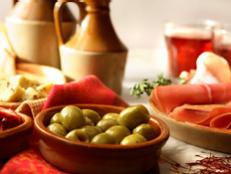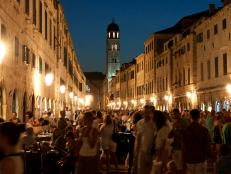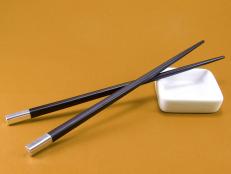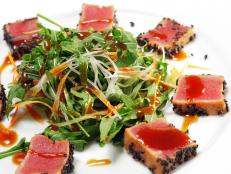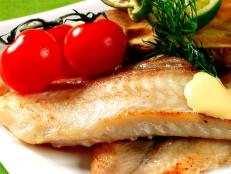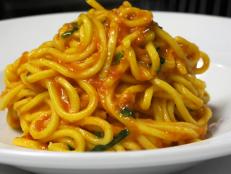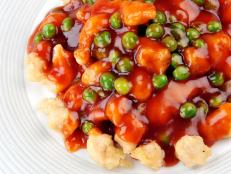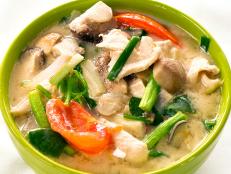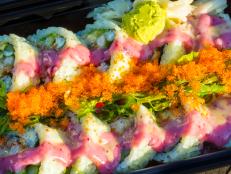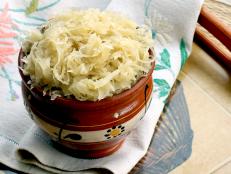Singapore's Must-Eat Adventures
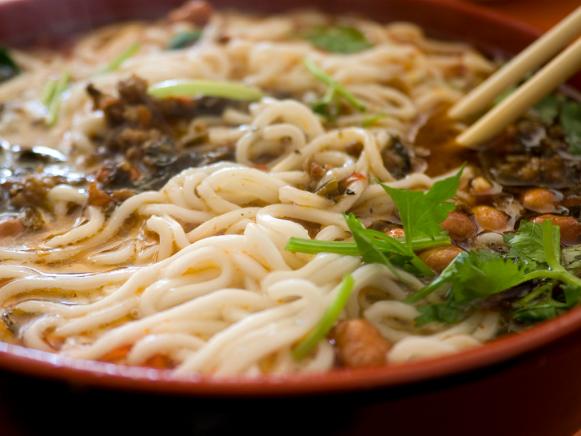
Huchen Lu
Singaporeans pride themselves on the variety of their food and their audacious appetites. Malay, Chinese, Southern Indian and Indonesian styles heavily influence the country's cuisine. So hop a flight and pull up a chair, we're taking you on a whirlwind tour of Singapore's must-taste dishes.
Singapore Food Festival
This festival of fare is a month-long celebration that takes place annually every July. The Singapore Food Festival features weekly core events, themed celebrations, culinary workshops and cooking competitions. Attending the festival is a great way to appreciate cuisine and culture; musical performances, fashion shows and wine tastings are all offered at the festival. The festival travels to different towns in order to highlight their food specialties and admission is free, so check the calendar of events while planning your trip. If you want to taste as much as possible during a trip to Singapore, then schedule your voyage for the month of July and attend the 2009 Singapore Food Festival.
Hawker Centers
A hawker center, sometimes called a food court, is a collection of individual stalls selling an assortment of foods at a low cost. Any travel guide will tell you that no trip to Singapore is complete until you've taken at least 1 meal at a hawker center. Packed with locals, tourists and tastes, a hawker center can be an open-air arrangement of tents or an indoor air-conditioned collection of stalls; the latter cropping up in shopping malls and other commercial venues.
Make sure that you chope a table before you begin feasting; chope is Singaporean slang for reserve. This will guarantee you a comfortable spot to enjoy your food, and by leaving some tissues or napkins on it, you will be free to roam the stalls and select your ideal fare. Some notable hawker center locations are: East Coast Seafood Centre, Lau Pa Sat, Maxwell Food Centre and Tiong Bahru Market.
Where the Locals Go
If you're looking for a sit-down dining experience with the local stamp of approval, here are a few spots offering a medley of menus and ambience.
Naïve
Naïve may be the name of this restaurant, but the food is anything but. In fact, it was awarded a Singapore's Top Restaurants Gold Award by Simply Dining Restaurant's Guide 2009. Specializing in Asian fusion and vegetarian dishes, Naïve's chefs have over 20 years of experience in meatless cooking. Make sure to order the monkeyhead mushrooms or the baked tofu.
Hooked!
Located on Upper Thomson, Hooked! specializes in fresh, delicious seafood. Fish is caught daily and is served steamed, poached or grilled. Local catches on the menu include grouper, sea bass, salmon and pomfret. The restaurant is spacious and family-friendly if you're looking for a calm environment after a lunch at the hawker center.
Dallas Restaurant and Bar
Dallas is a bar/bistro located in Singapore's Boat Quay stretch that offers a lounge-type atmosphere and the best in casual dining. Favorites on the menu include the Dallas burger, braised baby back pork ribs and Cobb salad. Head upstairs for a slightly more formal dining experience.
National Specialties
While there is an enormous amount of food in Singapore, there are some dishes you can only experience there. Most of these are available at hawker centers as well as local restaurants. Make sure to try: chili crab, Hainanese chicken rice, laksa, satay, fish head curry, bak kut teh (pork ribs in a broth of herbs and spices), roti prata (Singaporean version of Pakistani and Indian paratha, a pancake bread made of dough composed of fat, egg, flour and water), rojak (fruit or vegetable salad), char kway teow (fried flat noodles) and fried carrot cake.
To try creating some Singaporean dishes in your own kitchen, attempt some of these traditional recipes. If you're looking for something you can't create in your own kitchen, Singapore has some dishes that are only for those with culinary courage. Frog legs porridge is a specialty in Geylang, Singapore. The Cantonese style involves stir-fried frog legs cooked with onions and dried chili peppers, then served with porridge.
Finally, there's durian -- a fruit roughly the size of a football covered with tough spiky skin. The pulp is pale yellow with a wet spongy consistency. The smell of this fruit has been compared to rotting flesh, old gym socks and even sewage. However, the taste of this fruit is supposedly so exquisite that agriculturists and foodies have called it the "king of fruits." The durian can be eaten during different stages of ripeness, but be forewarned, the odor has caused several hotels and cab companies to ban the produce. If you're willing to put your culinary courage to the test, then hold your nose and plunge into the Singaporean durian.
